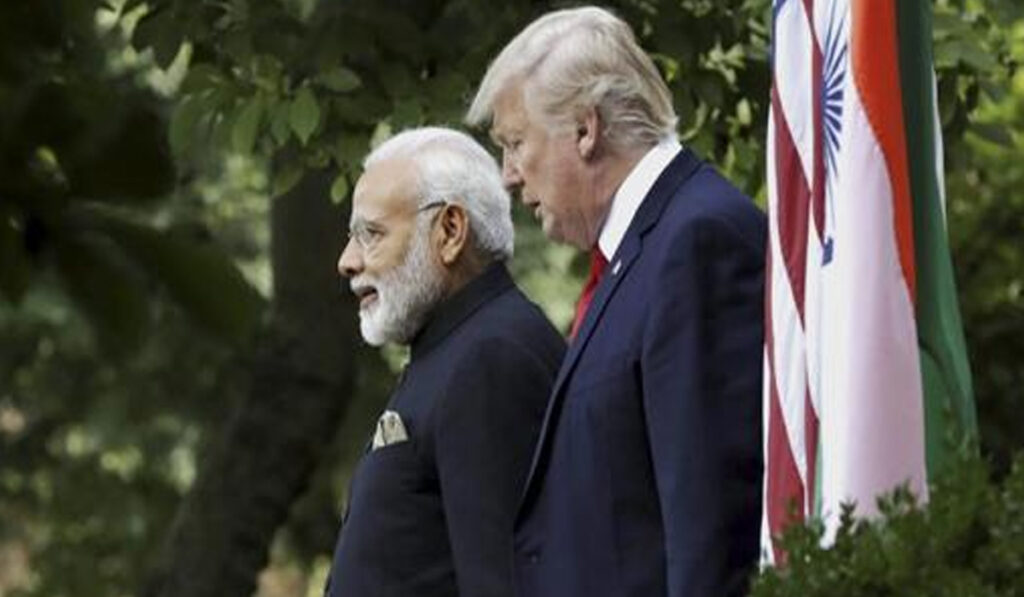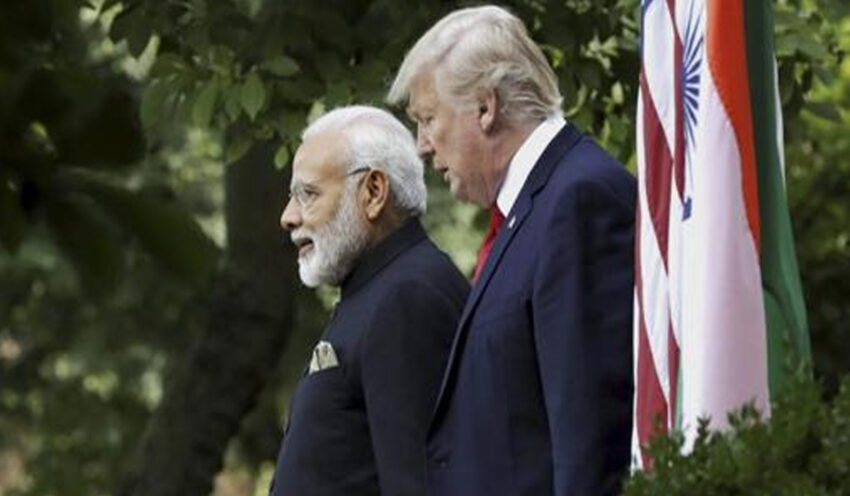
US Strategic Encirclement India: Munir, Yunus & Pannun in a Geopolitical Web
The Stakes of US–Asia Relations
With India’s rise, Western capitals have increasingly searched for ways to shape—or contain—its growing clout. However, geopolitical calculations are shifting. According to economist Jeffrey Sachs, the U.S. has historically moved to “undercut any country that grows large enough to challenge its global dominance”—a challenge now facing a rapidly ascending India.Business Today
Add to this a series of provocative incidents involving figures like General Asim Munir, Bangladesh’s political shifts under Muhammad Yunus, and separatist voices like Pannun—all amplified from U.S. platforms—and you begin to see a pattern of influence stretching to India’s periphery.
Asim Munir’s Nuclear Bluff from US Soil
In a jaw-dropping moment, Pakistan Army Chief Field Marshal Asim Munir declared during a black-tie dinner in Florida, “we are a nuclear nation. If we think we are going down, we’ll take half the world down with us.” He went further, threatening to destroy any potential Indian dam on the Indus with “ten missiles.”ThePrintThe Economic Times
India responded strongly, condemning it as irresponsible “nuclear sabre-rattling,” especially given that such comments were made on American territory.Reuters
This dangerous rhetoric plays into a broader U.S. pattern: hosting strategic antagonists whose actions sow geopolitical uncertainty—one more tool of what analysts call US strategic encirclement of India.
<a name=”yunus”></a> 3. Bangladesh’s Yunus and Strategic Realignment
Meanwhile, in Dhaka, political shifts under interim leader Muhammad Yunus are raising alarm bells in New Delhi. Reports suggest renewed Pakistan–Bangladesh ties, with leaked meetings involving extremists, feed fears of opening a new front on India’s eastern border.The Jaipur DialoguesReddit
Given U.S. interest in Bangladesh as a counterweight to India, analysts argue such developments could be part of a strategic play to contain India through a broader regional network.
Pannun’s Balkanisation Rhetoric in the US
On the diaspora front, separatist extremist figures like Pannun, operating from North America, are amplifying divisive calls for the fragmentation of India into smaller, autonomous units—echoing the much-feared term, “Balkanisation.” One video shows him advocating armed interventions in northeastern states and presenting a vision of a fractured subcontinent by 2047.Reddit
The U.S. environment, with its protection of free speech—even extremist views—allows these voices to gain visibility and amplify the perception of an ideological encirclement.
India’s Strategic Cost
The convergence of these pressure points—from military threats to separatist narratives—highlights the challenges of US strategic encirclement. India is forced to counter threats on multiple fronts:
- Nuclear brinkmanship from Pakistani generals emboldened by access to U.S. platforms.
- Destabilisation via softened ties between Pakistan and Bangladesh.
- Ideological warfare waged by diaspora voices seeking internal fragmentation.
These developments come at a time when India’s strategic influence is crucial—yet vulnerable—amid rising tensions with the U.S. over trade, and waning trust in multilateral partnerships.Financial Times+1
Expert Advice & Strategic Takeaways
Policy experts, including Samir Saran (ORF), emphasize that India should not be swayed by changes in Pakistan’s internal dynamics. India must focus on strategic outcomes, not the internal administration of its neighbors.The Economic Times
Meanwhile, economist Jeffrey Sachs warns India against becoming a pawn in U.S.–China rivalries. Defensive caution and balanced diplomacy, he argues, will help New Delhi avoid strategic encirclement.Business Today
The actions of Munir, Yunus, and Pannun—from nuclear threats to ideological fragmentation—are not isolated provocations. Together, they illustrate how the US strategic encirclement of India may be unfolding through unconventional platforms.
India needs a multi-layered response:
- Reinforced geopolitical diplomacy in South Asia.
- Strong engagement with diaspora communities to counter extremist ideologies.
- Strategic messaging to balance U.S. ties amid transactional politics.
- Readiness to counter hybrid threats that challenge India’s unity and security.
In today’s complex geopolitical architecture, encirclement isn’t strictly military—it’s multidimensional. Recognizing the pattern is the first step to responding effectively.

